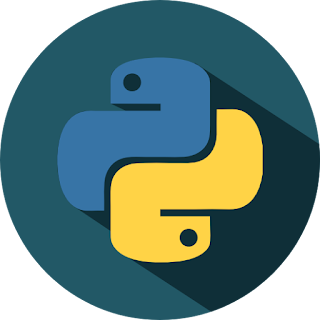Python TKinter Theme Program | TKinter | WaoFamHub
INPUT
from tkinter import Tk, Label, Button, Entry, X
import tkinter
from tkinter import ttk
from tkinter import messagebox
class Root(Tk):
def __init__(self):
super().__init__()
for x in [ttk.Label, ttk.Button, ttk.Entry, ttk.Checkbutton, ttk.Radiobutton]:
x(self, text='Some ' + x.__name__).pack(fill=X)
pb = ttk.Progressbar(self, length=100)
pb.pack(fill=X)
pb.step(33)
ttk.Label(self, text='Select theme:').pack(pady=[50, 10])
self.style = ttk.Style()
self.combo = ttk.Combobox(self, values=self.style.theme_names())
self.combo.pack(pady=[0, 10])
button = ttk.Button(self, text='Apply')
button['command'] = self.change_theme
button.pack(pady=10)
def change_theme(self):
content = self.combo.get()
try:
self.style.theme_use(content)
except:
print("Failed to set theme " + content)
root = Root()
root.mainloop()
OUTPUT


Comments
Post a Comment